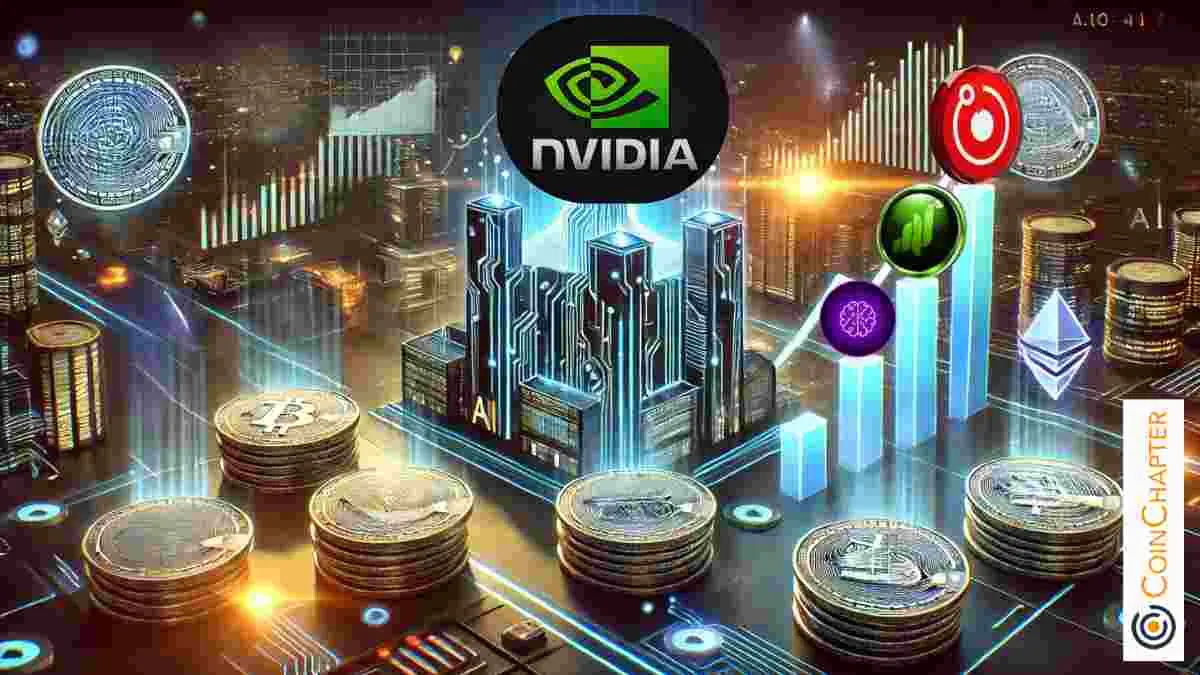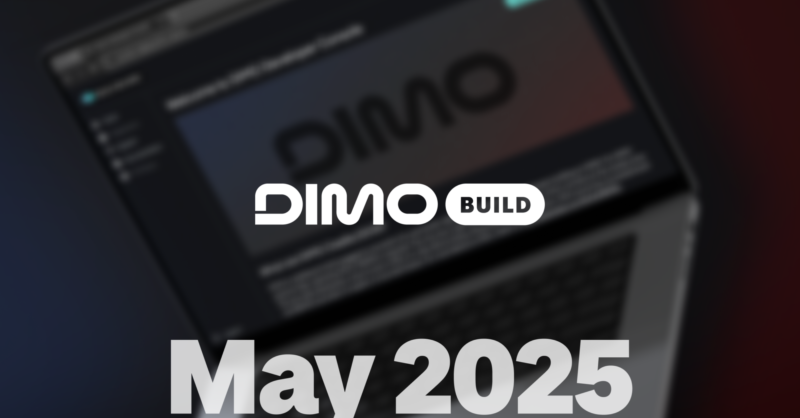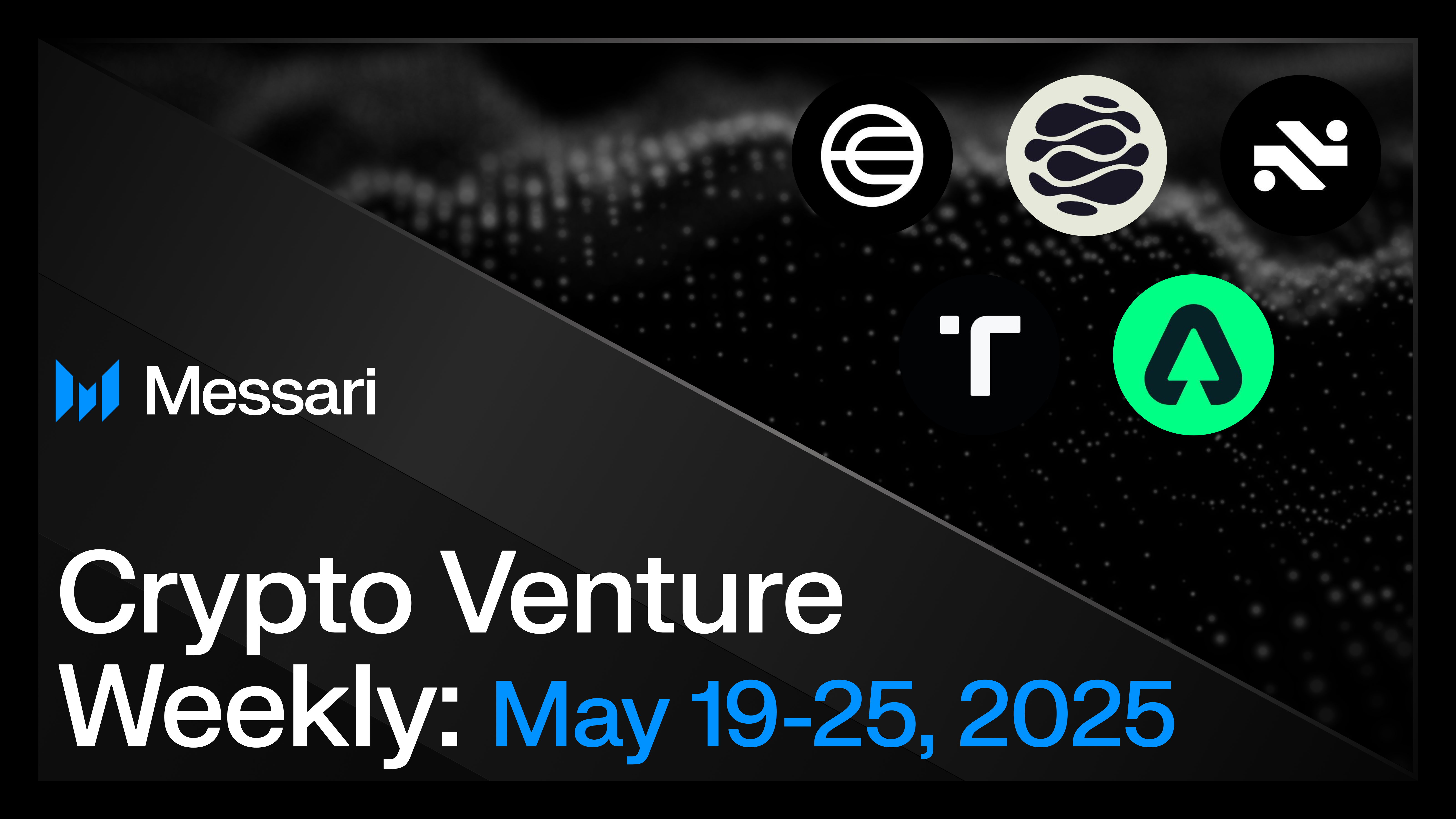NVIDIA's Upcoming Earnings Could Impact AI Token Market

NVIDIA, a leading player in GPU technology, is set to announce its Q3 fiscal year 2024 earnings on November 20. This announcement is highly anticipated within the cryptocurrency market, particularly for AI-focused tokens such as Render (RENDER), Grass (GRASS), and PAAL AI. Render has recently undergone a migration and rebranding from Ethereum to Solana, positioning itself as a prominent AI coin. Currently trading at $7.67, RENDER has shown a 3.75% increase over the past week, indicating growing investor confidence. Analysts suggest that if NVIDIA’s earnings exceed expectations, RENDER could potentially rise to $8.83, with a bullish scenario reaching $11.86. However, there are concerns about a possible ‘sell the news’ effect that could lead to a price drop to $5.47 if enthusiasm diminishes.
Grass (GRASS), another AI token, has faced challenges, declining by 24.31% in the last week and currently trading at $2.36. It is positioned within a descending wedge pattern, which typically signals a potential breakout. The support level for GRASS is at $2.30, with resistance levels at $3.29 and $3.91. The token’s RSI indicates oversold conditions, but weak trading volume suggests limited buying pressure. A strong performance from NVIDIA could shift sentiment positively for GRASS, while disappointing earnings may exacerbate its downward trend.
PAAL AI has experienced a volatile week, currently trading at $0.1878 after a significant recovery of 25.20%. This follows a drastic drop of 70% due to concerns surrounding a proposed merger with the ASI Alliance. The merger announcement led to a rapid sell-off, driven by worries over the token conversion ratio and a lengthy vesting period. Transparency regarding the merger is crucial, as highlighted by industry figures. The performance of NVIDIA’s stock could greatly influence PAAL AI’s trajectory, with potential for a rally or further decline depending on market demand and investor sentiment.
Related News





